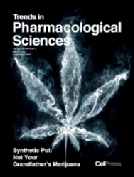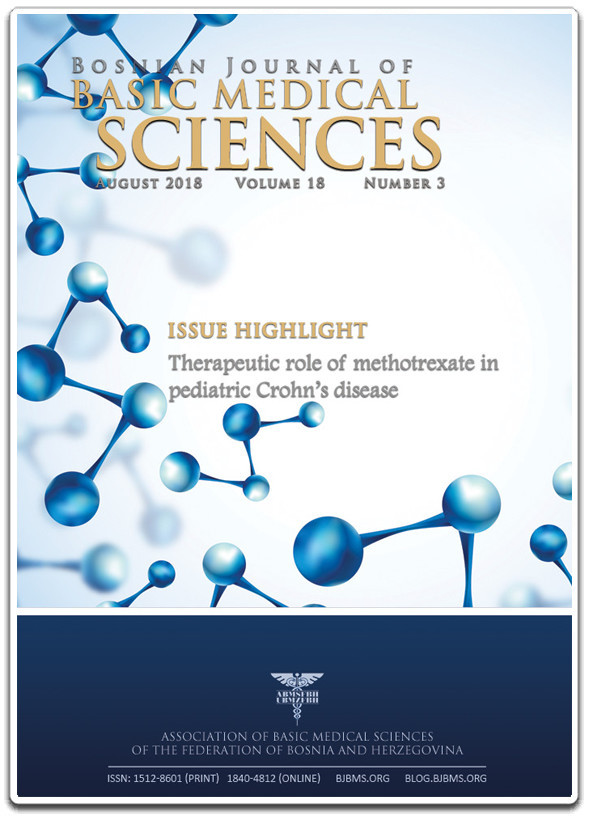 “Changes in lipid metabolism are intimately related to cancer. Several classes of bioactive lipids play roles in the regulation of signaling pathways involved in neoplastic transformation and tumor growth and progression.
“Changes in lipid metabolism are intimately related to cancer. Several classes of bioactive lipids play roles in the regulation of signaling pathways involved in neoplastic transformation and tumor growth and progression.
The endocannabinoid system, comprising lipid-derived endocannabinoids, their G-protein-coupled receptors (GPCRs), and the enzymes for their metabolism, is emerging as a promising therapeutic target in cancer.
This report highlights the main signaling pathways for the antitumor effects of the endocannabinoid system in cancer and its basic role in cancer pathogenesis, and discusses the alternative view of cannabinoid receptors as tumor promoters.
We focus on new players in the antitumor action of the endocannabinoid system and on emerging crosstalk among cannabinoid receptors and other membrane or nuclear receptors involved in cancer. We also discuss the enzyme MAGL, a key player in endocannabinoid metabolism that was recently recognized as a marker of tumor lipogenic phenotype.”








